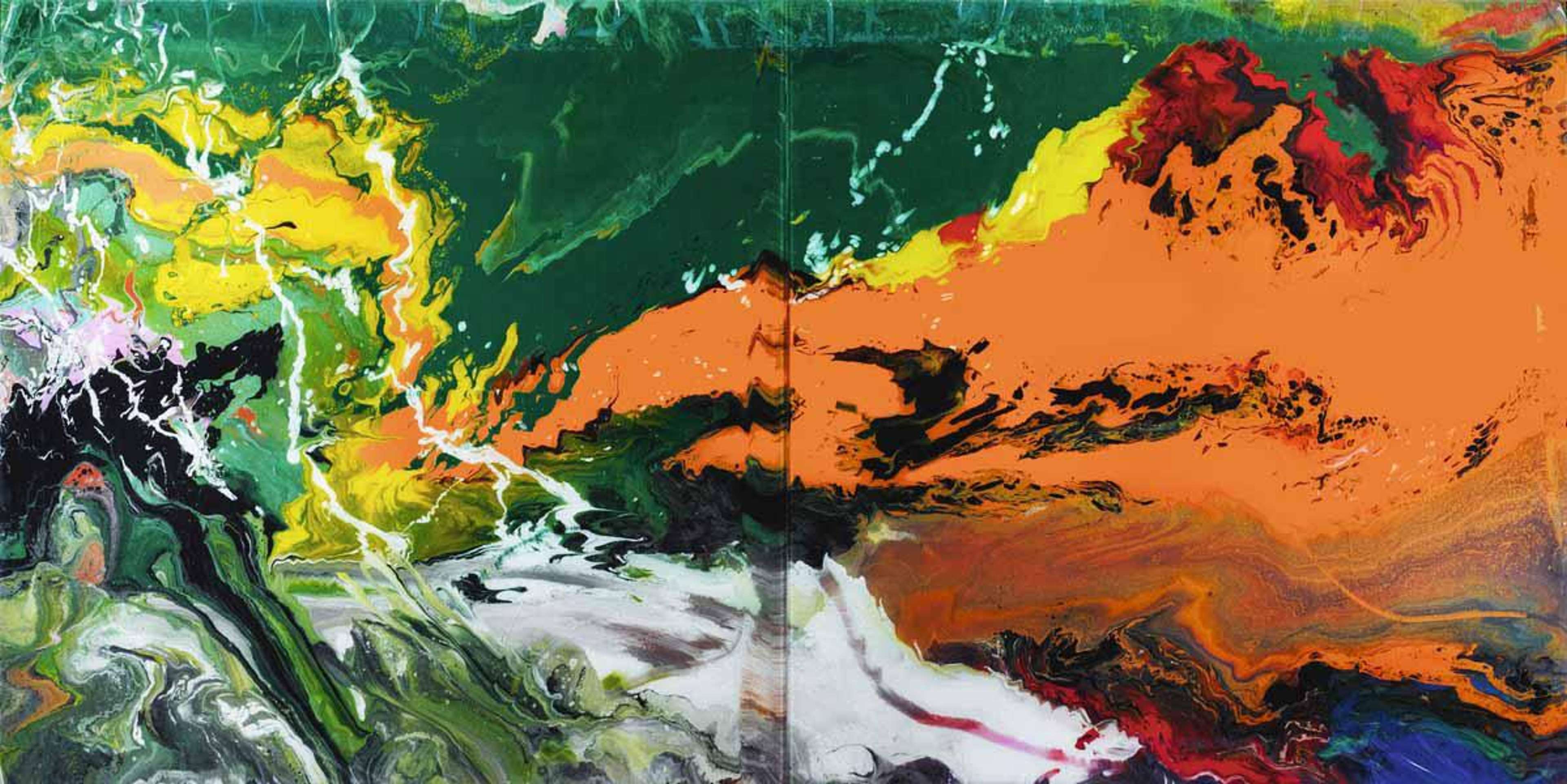Flow (P15)

Flow (P15)
Unsigned Print
Gerhard Richter
£6,000-£9,000
$12,000-$18,000 Value Indicator
$11,000-$17,000 Value Indicator
¥60,000-¥80,000 Value Indicator
€7,000-€10,500 Value Indicator
$60,000-$90,000 Value Indicator
¥1,250,000-¥1,870,000 Value Indicator
$8,000-$12,000 Value Indicator
There aren't enough data points on this work for a comprehensive result. Please speak to a specialist by making an enquiry.
100 x 200cm, Edition of 500, Digital Print
Auction Results

Track auction value trend
Meaning & Analysis
The work of internationally acclaimed German artist Gerhard Richter, Flow (P15) was issued in 2014. An unsigned print, it was released in an edition of 500 and is part of the artist’s Flow series. A typical example of Richter’s abstract work in the 2014-2016 period, it is made after a large, diptych-like abstract painting that makes use of diluted oil paints and fluid mechanics in order to achieve dazzling abstraction.
Unlike Bagdad (P9) and Bagdad (P10), Flow (P15) is a moody print that recalls paintings of the Christian religious tradition. The print is made after a painting executed by Richter with the use of diluted oil paints; allowed to ‘float’ on top of the surface medium, these oil paints of varying hues interact with one another wholly independent of the human hand. An alchemical work that contrasts with Richter’s squeegee-based paintings, such as Cage (P19-2) - and the fiercely procedural and guided process required to complete them - Flow P15) might be digested as Richter’s attempt to push the boundaries of ‘chance’ - a creative force that he has sought to harness throughout his lengthy and successful career.
Presented in the form of a diptych, the work is dominated by a fiery wave of orange tones that appear to be ‘struck’ by a lighter, more visceral section of white and yellow paint to the left of its composition. Not unlike Byzantine icons nor paintings hung at Christian altarpieces, the print communicates with art historical tradition, particularly religious paintings designed to represent the so-called ‘wrath of Gods’. Its innovative use of oil paints, as well as its composition, gesture to the work of Dutch painter Jan van Eyck, who pioneered oil painting during the 13th century. Recalling the depictions of bad weather found in later oil-based Dutch works, such as The Gloomy Day by Pieter Bruegel (1565), Flow (P15) appears to trace the likeness of a similarly violent force of natural origin.